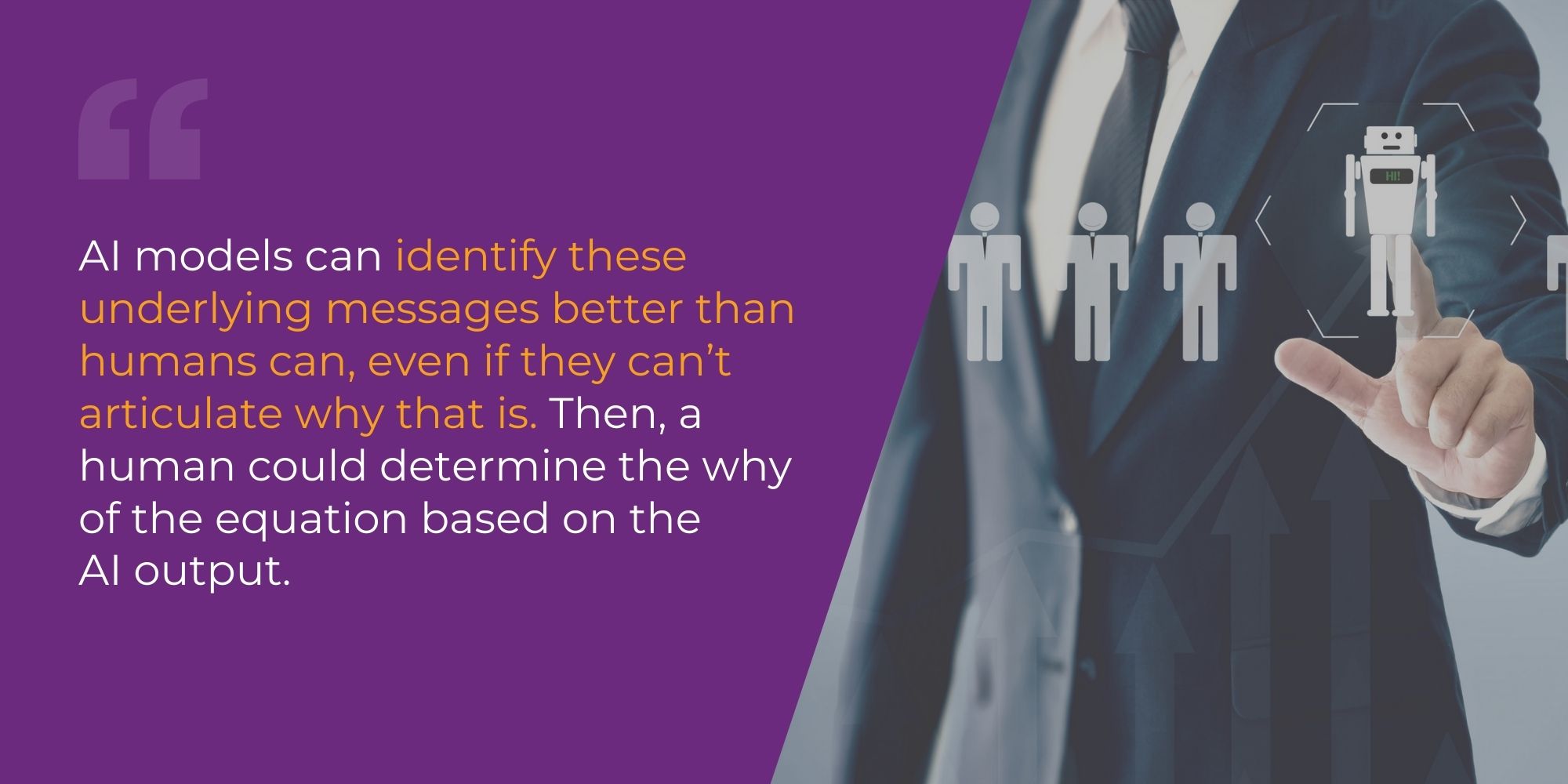Learn more about Colin Shaw: Join over 80,000 people on our LinkedIn Newsletter list or visit our website for more great podcast episodes.
Listen to the podcast:
Quality assurance is always essential in Customer Experience Management. Today’s newsletter explores how AI can realistically help in this area.
The concept came to us as part of our None of Use is Clever as All of Us feature. As you might remember, this feature is where one of our listeners or readers submits their thoughts or opinions on a topic. Today’s is from Jamie Scott of Evaluagent. He shares his thoughts on Quality Assurance and the problems organizations have regarding this area.
I am also well acquainted with this area. You can tell a lot about an organization’s sophistication regarding customer centricity based on how it assesses the quality assurance of a call center. Listening to calls and talking to agents reveals what’s happening daily and is far more relevant regarding an organization’s true Customer Experience.
For example, in our observations, call center agents often have to click around in several different systems to answer customers’ questions. This could have been more efficient for both employees and customers, and it is likely that senior management would never have known it was happening.
Another essential metric about an organization’s customer-centricity is how much and what type of training it provides its new call center employees. Do they give weeks of training on the systems call center agents access and need more on managing customer emotions? That reveals an operational focus rather than a customer-centric one.
Let’s hear what Scott has to say on this topic:
First of all, I want to thank Scott for his submission. We appreciate it because it takes time and preparation to do something like this.
Second, here are three points that resonated with me regarding the video:
- Using AI as a copilot rather than an autopilot: Overemphasizing AI’s ability is a significant issue that organizations face with AI. Many think AI is the answer to everything. However, AI is a tool for the humans in an organization to use, not a replacement for them. Studies suggest that the best use of AI is to let it have a crack at deciding and then have a human review it. Humans and AI working together get the best results regarding decision-making.
- There isn’t enough data to trust the insight in traditional evaluations: If you only look at one to five percent of your transactions, you will miss things. Sample sizes that small do not empower you with data to drive improvement across the whole business. When you can use AI to analyze all transactions, you can get insight into the average experience and see what is happening at the extremes. These extremes—the calls that were terrible and terrific—represent areas of opportunity for the organization.
- It is essential to look across all the channels: This phrase is easy to say but hard to do. Many organizations make the mistake of implementing AI differently in different business areas. Eventually, these data sets and systems must merge for the whole organization. Moreover, the insight you want should be informed by all customer interactions, including those with the other channels. In other words, the customer’s experience with you as an organization is not via your phone bank alone. It is available through the call center, website, chatbot, and retail settings.
Using AI to Predict or Diagnose How Customers Feel
One of the future applications of AI that I would like to see is using insight across the organization’s channels to predict how a customer feels. Suppose you were in a call center. Imagine that when you had an incoming call, you would get a message on the screen that told you how the customer felt based on their experiences in the various channels of the organization. It might say the customer is frustrated based on their past few interactions. Having that information from the get-go helps your employee quickly resolve the problem.
However, this possibility would require feeding the AI data comprehensively. The siloed implementations of AI and the disparate data gathered from them currently cannot provide this type of predictive analytics. It would require conglomerating data so AI could give that type of insight and feedback.
Another problem facing AI is the type of data collected. Quality Assurance data tends to be rationally oriented. It includes things like how the agent greeted the customer, the call duration, whether the agent used the customer’s name four times, and similar items. These are great things to measure, but they miss the emotional parts of the interaction.
It all comes back to my favorite question: What experience are you trying to deliver? If it makes customers feel that the company is one that they can trust and that they care for the customer, leaving customers feeling happy and pleased, then you need to gather data related to those emotions. In other words, you must know how to measure it in the interactions. Is it the language customers use? Behavioral? Is it the next step in the customer process they take? Whatever it is, you need to collect that data and compare it across interactions. Unfortunately, this thinking is currently lacking in many company strategies regarding data collection.
Don’t get me wrong. I know it is more challenging to measure these things. Time durations and whether the agent said the customer’s name four times are much easier to collect and measure. However, one of the promises of AI models is that they can identify these underlying messages better than humans can, even if AI models can’t articulate why that is. Then, a human could determine the why of the equation based on the AI output.
For example, if the AI identifies that the call was delivered in the desired experience, the human could review the call and determine the reasons. Maybe the agent would have communicated how much the agent cared about the customer’s problem or something else AI wouldn’t necessarily “get.”
Context is key in assessing calls. If a customer spends hours working with sales before the delivery, dealing with customer service afterward, and is kept waiting in the queue each time, they are likely frustrated. A human would get that, probably even intuitively, by tone and breathing, but AI would not.
So, What Does that Mean To You?
If you work in customer service or quality management, you can apply what we have been discussing here in a few ways.
First, looking at AI as a tool instead of a replacement for people is essential. It goes back to what Scott said in the video: we should look to AI as a copilot rather than an autopilot.
Also, we need to be cautious about drawing conclusions from small samples. You could overlook important insights if you only analyze 100 out of every 10,000 incoming calls and conclude that everything is fine. You are probably missing out on the areas of opportunity in the one percent of calls that went horribly wrong or extremely well.
That said, we all still have to decide in contexts where the sample size isn’t large enough. So be cautious and make the best decision now, but be humble and resist making drastic conclusions without more data. Find ways to fill in the insight gaps as best you can until AI can do it for you.
Finally, remember that you have an experience you want to deliver. Once you decide on that, it requires a top-down approach. Those details of experience should be implemented and measured wherever the organization contacts the customers for quality assurance. That could mean determining how those targeted emotions (like trusting the organization, feeling cared for, and being happy with the company) manifest themselves in the quality measure.
Colin has conducted numerous educational workshops, on how to improve your Customer Experience, to inspire and motivate your team. He prides himself on making this fun, humorous, and practical. Speak to Colin and find out more. Click here!






